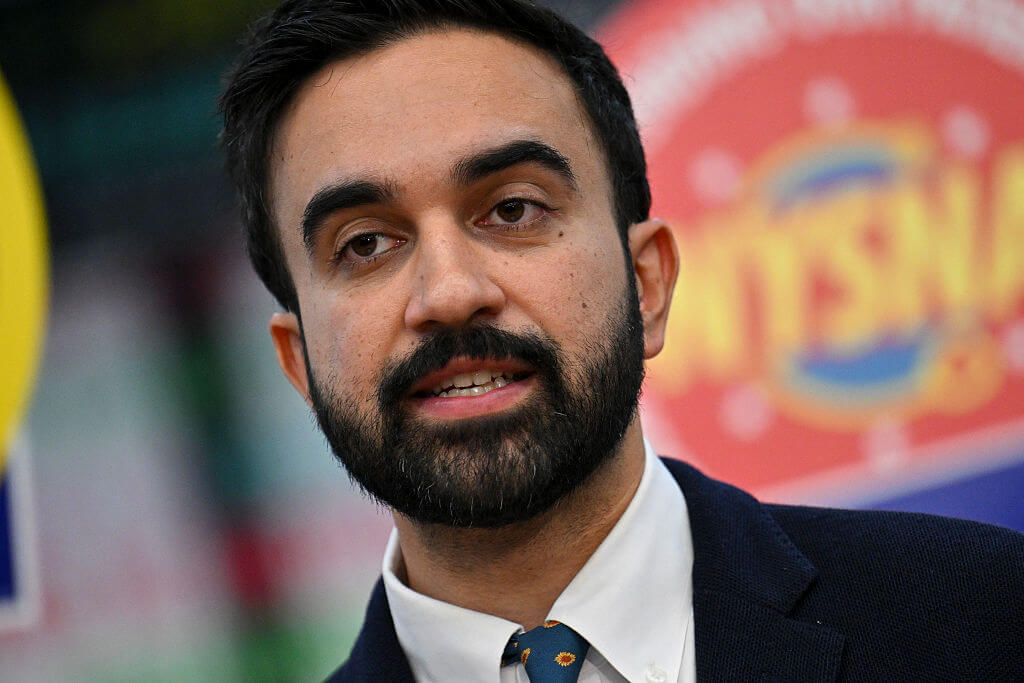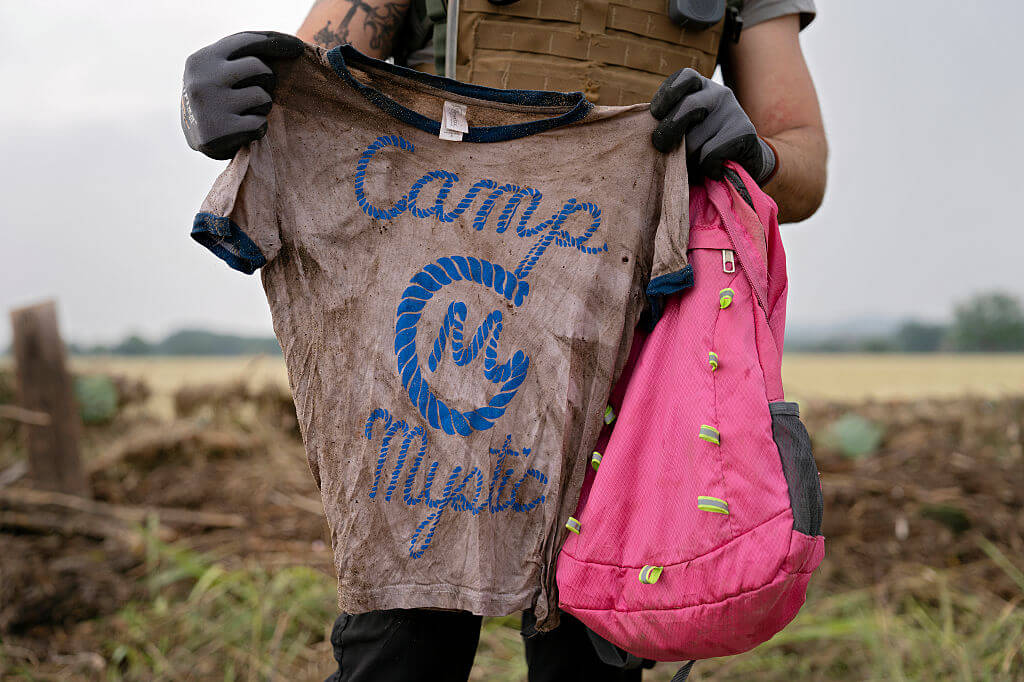The Bittersweet History Of Hamantaschen Might Not Be So Bitter After All

Image by iStock
If you’ve been getting ready for Purim by obsessively baking varieties of these triangular cookies (may I advise avoiding the chocolate chips and using fresh, tart raspberry jam instead) — you might be wondering exactly how they came to be such iconographic representations of Judaism.
Worry not, because you’re about to find out.
If you were to call your rabbi for an answer, he’d tell you that Hamantaschen represent the shape of the triangular hat worn by Haman, the genocidal villain of the Purim story. In fact, Israelis even refer to hamantaschen as ‘oznei haman’, which translates literally to ‘Haman’s ears.’ One of the oldest mentions of oznei haman as a Purim treat shows up in a skit done by an Italian Jew named Yehuda Sommo (1527-1592). The Roman scholar Immanuel ben Solomon suggests that it is because Haman’s ears were cut off as he was hanged in “a misinterpretation arising from the medieval Italian custom of cutting off a criminal’s ear before execution.”
But there’s another, less grim explanation.
In Germany and parts of Eastern Europe in the 18th or 19th century, triangular baked goods called ‘mohntaschen’ exploded onto the culinary scene. Mohn is German for poppy, referring to the poppy seed filling, and tasch is German for pocket. Somewhere along the way, the Jewish desire to eat triangular cookies shaped like Haman’s hat (or ears) plus the existence of mohntaschen for European Jews translated into hamantaschen, the pastry we now feast on for Purim.
Purim is a day of good defeating evil, of turning darkness into light. There’s no better way to celebrate that than by eating sweet cookies with a very bitter namesake. Happy Purim!
Shira Feder is a writer at the Forward. You can reach her at [email protected].






















